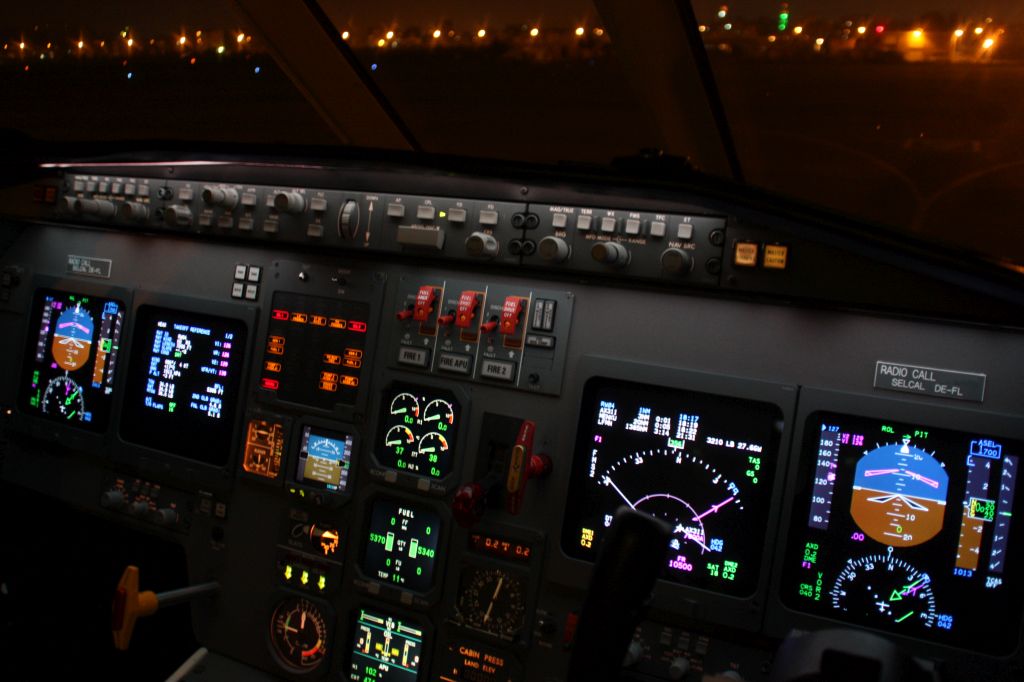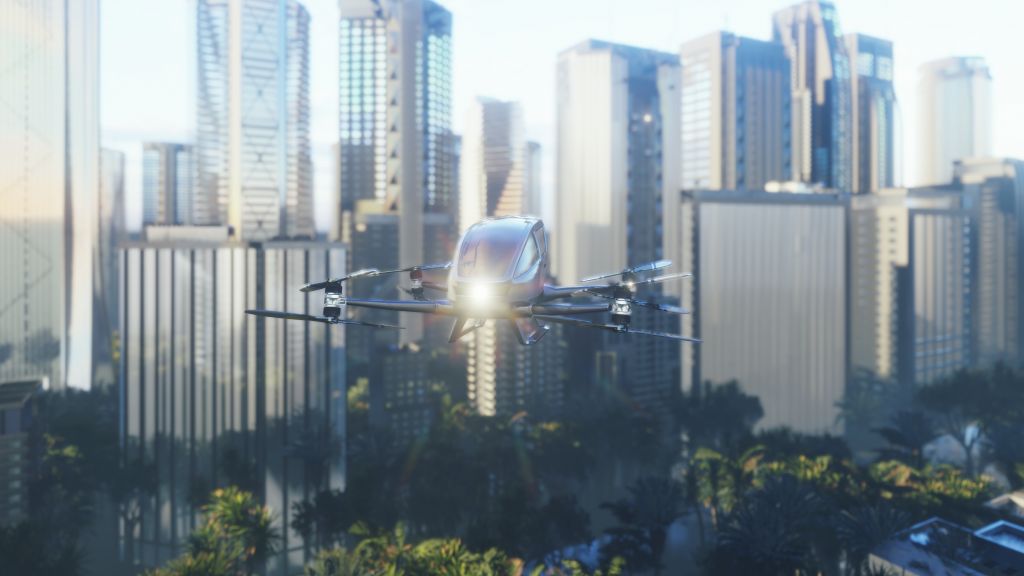Aircraft power!

TT Electronics’ engineering director, Julian Thomas looks at how smart DC to DC strategies address the twin technology demands of complexity and increased electrification.
AC power, long used onboard aircraft, is today being supplemented by higher voltage DC distribution systems. It’s a shift happening in step with technology advances – delivering increased power efficiency while simultaneously creating a power environment better suited to load requirements and energy storage using batteries.
However, for designers and power system developers, relying on AC-DC conversion and distribution naturally increases the scope of required power electronics. As a design strategy, this approach contradicts the fundamental values of Size, Weight, Power, and Cost (SWAP-C) that are so integral to successful modern airframe design. It’s also a persistent issue, as the need for electrical power onboard an aircraft continues to rise. More electrically actuated systems, increasingly sophisticated cockpit avionics, even more advanced and diverse types of electronic entertainment and food service – these systems represent progress, but they also compound the SWAP-C challenge.

This trend is relevant to both commercial and military aircraft, and it is intensified by the surge in urban air mobility designs. These all-electric aircraft are powered by batteries storing DC power – essentially operating as a DC platform, they do not require AC-DC conversion at the point of load. It’s clear that DC power distribution strategies are elevating in importance and need some attention and acceptance by designers of traditional aircraft, with gas turbines driving auxiliary power units that are naturally AC.
The strategies to consider
Voltage conversions are necessary for power that is both generated and distributed in DC. These vary and depend on the application and its location on the aircraft. Is it smarter to deliver the power and then adapt voltage at its device or point of use? Or does a smarter architecture convert first and then distribute the correct voltage? Strategies are many and consider the type and purpose of the aircraft, along with individual system properties such as scalability, weight, reliability, and longevity.
Cockpit avionics commonly rely on 28V systems. For this distinct area of the aircraft, these voltage levels could be realised with just power conditioning from a local battery source. As an alternative, the necessary 28Vdc can be centrally converted and then distributed to its point of need. However, applying a centralised strategy to designs requiring wider distribution will likely increase weight. Cabling is heavier when power is delivered to a number of devices, so this method is ideally suited to smaller, simpler designs.
Another design option would boost the voltage in a trade-off that reduces cabling. In this scenario, a primary distribution of 540V could be further supported with a localised secondary distribution of 28V. Every individual load now does not need voltage step down; instead, a localised 28V network supports multiple devices with a single conversion. This strategy is ideal for delivering power to electronics performing in the aircraft’s less accessible areas, such as wing controls or heating systems. Because long cable runs add weight, it is ideal to distribute power in a single higher voltage option and then convert it to the necessary voltage locally near the device. This strategy becomes more complex when secondary loads are part of system design, requiring multiple options, such as 28, five, and three volts.
Levels of modularity
Unlike automotive production, the aerospace industry is unlikely to meet its needs with parts delivered via a standard production line. Where automotive markets can produce thousands of parts quickly and efficiently – measuring quality statistically instead of through validation – this vision is not consistent or suitable with aircraft volumes or requirements. In response, suppliers to the aerospace industry are delivering modular components. These building blocks help designers balance performance and scalability without time to market delays.

There are two levels of modularity, starting first with the device itself. Contrasted to development from the ground up, full modelling and analysis of each new design is unnecessary. Instead, design models are defined parametrically for more flexibility in how they can be integrated into diverse aircraft applications. These can more easily be developed into custom-fit designs compatible with the full range of secondary power requirements, for example, spanning a low-power 100W control unit or a heavier end load of 600W.
Customisation is minimised as devices are designed more effectively – for example, when a single device addresses a broader ‘superset’ of performance requirements. This strategy demands close observation of the device’s efficiency, in exchange for a fast, simple design process. To address the efficiency concern, a group of building blocks can be used to ensure interchangeability at various performance levels across the application. Each has a defined performance window, guiding developers in determining whether to scale up or down for ultimate efficiency. Performance is safeguarded, design timelines are shorter, and developers can more often rely on proven engineering.
The end unit highlights the second level of modularity. It is entirely feasible to design for multiple reuse of a 2kW converter, for example, one developed as part of the power distribution strategy for a specific 4kW or 6kW application. With established modular systems, this method distributes custom power levels while also aligning with the required power redundancies of an all-electric aircraft. For instance, a system design can incorporate five coordinated, but separate, 2kW converters to produce ostensibly 10kW. This can be designed for redundancy and flexibility, tapping into automatic system routing – overall system integrity is maintained if one converter is lost. It is a strategy comparable to the traditional aircraft's four engines; if an unlikely failure occurs, the others keep the aircraft functional and safe. This strategy may also be more weight efficient compared to conventional ‘A lane/B lane’ duplication. Traditionally, power control systems are designed as isolated systems, however, today’s engineering improvements highlight this approach as the way forward for electric aircraft power.
From fiction to fact
The world is investing in cell and battery energy storage technology. The resulting technology advancements have shifted the vision of small electric flying vehicles from science fiction to reality. Aviation power system design is evolving, challenging engineers to recognise and embrace DC-DC power conversion and distribution as a principal technology.
TT Electronics is working with Team Tempest, awarded a contract from BAE for the design, development and qualification of a DC-DC converter to be used within Tempest's Flight Control System. Team Tempest is composed of industry partners including BAE Systems, Rolls-Royce, Leonardo and MBDA, and is tasked with delivering world firsts in advanced technical capabilities. Working with the RAF’s Rapid Capabilities Office and the UK Ministry of Defence, this industry group is working to introduce the Tempest combat aircraft into service by 2035, replacing the existing Typhoon.













